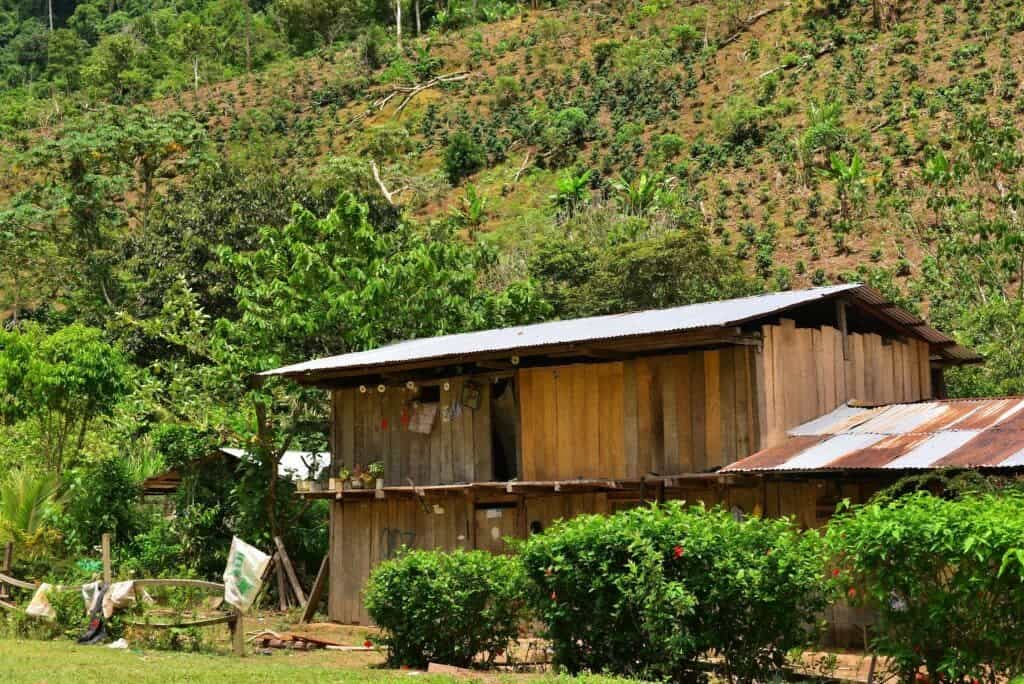The world is warming up fast, and areas that are currently being used to grow important food crops such as coffee beans, cashews, and avocados will no longer be suitable in a few years. According to new research, we’d be wise to come up with urgent adaptation measures to cope with the impact climate change will have on food security.

A global warming of 1.2°C up to 3°C is expected by the end of the century, depending on how much real action we take to reduce our greenhouse gas emissions. Such changes in temperatures will affect the climate suitability of crop regions around the world, causing big shifts and forcing countries to rethink agricultural practices.
The food we eat depends on a variety of soil and climate conditions to grow, and any changes to these, from temperature to rainfall, can mean bad news for crops. Adapting to climate change is not straightforward. When temperatures rise and become unsuitable for a crop, it’s not like you can simply take that crop and move it somewhere colder, because this colder area may not have the same soil or humidity conditions. Many previous studies have explored how agriculture would be affected by climate change, and the findings anticipate trouble for many staplec crops, including maize, wheat, soy and corn.
Now, a group of researchers led by environmental systems scientist Roman Grüter focused on three popular foods, coffee, cashers and avocados, and how will they change in the next 30 years. The researchers found a dynamic of winners and losers, with large areas that won’t be suitable for crops anymore and some that will benefit but overall, the effects will be negative.
“This study presents the first global evaluation of coffee arabica, cashew and avocado suitability combining both climate and soil factors”, the researchers wrote in the journal PLOS ONE. “High annual temperatures, low minimum temperatures, long dry seasons and low or high precipitation were the most relevant climate criteria.”
A changing climate
The researchers combined information about the climate conditions the crops prefer with maps of climate data and soil and land types. Then, they predicted where conditions would decline or improve based on climate models. The maps they produced are so precise that they can zoom in to one square kilometer in resolution.
Of the three crops studied, coffee was found to be the most affected by climate change. By 2050, in all realistic climate scenarios, the number of regions most suited to grow Arabica, the main coffee variety, will decrease by at least 50%. This is mainly due to a higher annual temperature in coffee-producing countries such as Brazil, Vietnam and Colombia.
Avocados had varied results. The region’s best suited areas for avocados (in countries such as Indonesia) would decline between 14% to 41% around the world but the regions moderately suited for growing the fruit increased by 12% to 20%. For cashew, land suitable for crops is expected to increase 17% thanks to warm winters in high and low latitudes.
The researchers highlighted that while changes in rainfall patterns and the rise in temperature might make some areas more suitable for crops, this could also mean more forests converted to farmland. Avocado, for example, has already led to a spike in deforestation in Indonesia and Mexico in order to meet a growing demand of the fruit.
The crops in the study represent an important source of income for farmers around the world, especially smallholders. Many could see their farms and livelihoods affected by climate change. That’s why policy makers and farmers should start working on how they are going to adapt to this new reality, which could get worse on the years to come.
“Adaptation measures can include site-specific management options, plant breeding efforts for varieties that are better adapted to higher temperatures or drought and in the case of coffee, replacement of arabica with robusta coffee in certain regions. New production locations at higher altitudes and latitudes might create new market opportunities,” the researchers wrote.
The study was published in the journal PLOS ONE.









